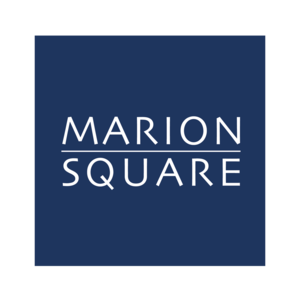U.S. Air Force SBIR Open Topic: A Unique Approach to Win Government Business
USAFR AFWERX SBIR Open Topic: A unique approach to doing business with the US Government
The US Government spends approximately $2.8B annually through its SBIR program. This money must be spent with US Owned Small Businesses. According to the US Government the requirements for an organization to be considered a Small Business for the SBIR program include:
Less than 500 employees
51% of its ownership be US based
Must have a commercially viable product
Each year the SBIR program conducts 3 cycles which breaks down to a new cohort of companies being selected approximately every 4 months. (This is quick a very quick process for the US Government)
The advantages of the USAF AFWERX open topic:
Typically, each of the 14 participating governmental agencies identify a set of topics they would like to research as part of the SBIR program and requests organizations to provide solutions for these specific topics. The USAF takes a different approach, while they do have specific topics, the USAF also allows organizations to propose solutions for their “open topic” research area. An open topic could be any commercial technology which the organization believes will be useful to the USAF. This approach opens the USAF AFWERX SBIR program to a wide range of technologies and innovations not just those specified topics.
Decisions you must make:
If your organization decides to submit an open topic proposal you must decide if you are going to submit for a Phase 1 or go direct to a Phase 2. There are major differences in both the money available and requirements to qualify.
Phase 1: is a 3-month period of performance and provides companies up to $50K. This program is designed to enable small businesses to connect with the USAF and find a potential customer for its product. During the 3 months organizations must prove to USAF AFWERX that they have a commercial product and that it is indeed useful to the USAF.
Phase 2: this program has a period of performance that can be up to 27 months. This program requires that the company identify an actual USAF customer and get that customer to sign an MOU provided by AFWERX. (Signing the MOU provides evidence to AFWERX that there is real “operational pull through and demand” for the technology being proposed) Phase 2 programs can be worth as much as $1.5M which is to be utilized for testing, validation and improvements made to the technology.
Phase 3: MOU signer and other USAF organizations can sole source purchase the technology, sole source meaning no competitive bid process required.
(Note- organizations can also complete a Phase 1 and as part of this process find a customer and have an MOU signed and then submit a Phase 2 proposal)
Submitting a response, make it personal:
Whether you are submitting a Phase 1 or Phase 2 proposal, it is always critical to do your research and make your proposal as relevant and specific to the USAF as possible. A successful proposal must identify and spell out the specific programs that could utilize your technology and the value it will provide to the USAF. (Keep in mind that a Phase 2 proposal takes personalization one step further and requires a signed MOU from an active USAF program or project to even be considered for contract award and funding) The greater the detail you are able to provide, the greater the likelihood your proposal will stand out and be selected.
Start Early:
Another key advantage of the open topics is that you do not need to wait until the topics are released to see if your product is a fit. With that you can start researching and writing your response now, taking the extra time to ensure you identify the relevant programs and understand your value to them. If you find the program is very receptive then you may want to consider the direct to Phase 2 approach.
